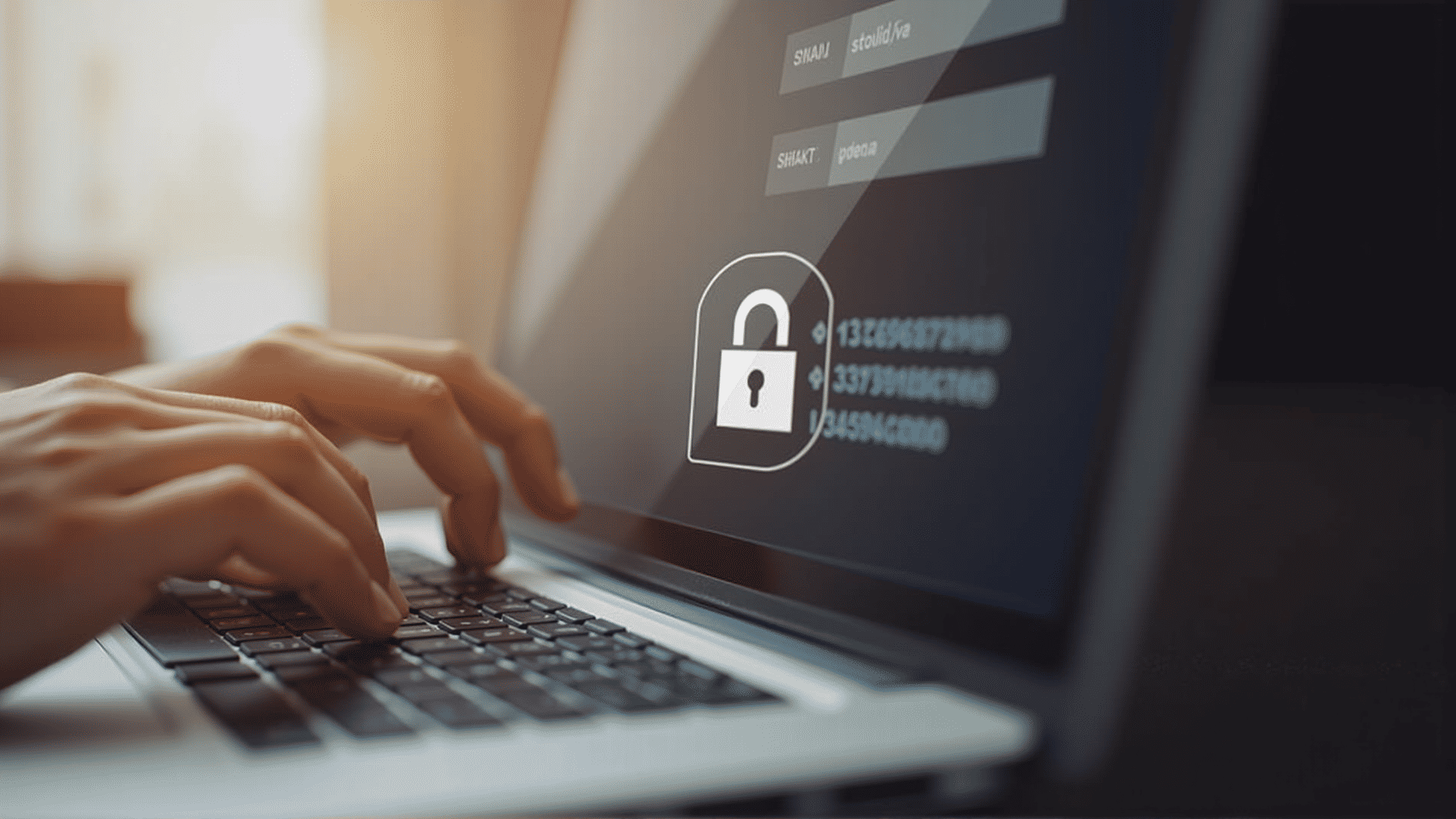In an increasingly digital world, ensuring the security of your online accounts is more critical than ever. Compromised credentials can lead to unauthorized access to sensitive information, making it essential to adopt secure login practices. Here are some fundamental steps to safeguard your online presence.
1. Create Strong, Unique Passwords
A robust password is your first line of defense. It should be a combination of uppercase and lowercase letters, numbers, and special characters. Avoid easily guessable information such as birthdays or common words. Moreover, use a unique password for each account to prevent a breach in one account from compromising others.
2. Enable Two-Factor Authentication (2FA)
Two-factor authentication adds an extra layer of security by requiring not only a password but also an additional verification step, such as a code sent to your phone. This makes it significantly harder for attackers to gain access to your accounts, even if they have your password.
3. Utilize Password Managers
Password managers help generate and store complex passwords securely, eliminating the need to remember each one individually. This can greatly improve your online security posture by encouraging the use of stronger, more varied passwords while also making them easily accessible to you.
4. Be Cautious of Phishing Attempts
Phishing attempts often appear as legitimate communications attempting to trick you into revealing your login information. Be wary of unsolicited emails or messages asking for sensitive details. Always verify the authenticity of the requester before responding, and avoid clicking on suspicious links.
5. Regularly Update Software and Devices
Keeping your operating systems, applications, and devices updated ensures that you have the latest security patches and features. Exploiting outdated software is a common method attackers use to gain unauthorized access.
6. Monitor Account Activity
Regularly reviewing your account activity can help detect any unauthorized access early. Many services offer notifications for unusual login attempts or other security alerts, enabling you to take prompt action if needed.
7. Secure Your Devices
Ensure that your devices, such as computers and smartphones, are secured with strong passwords or biometric locks. This prevents unauthorized individuals from accessing your online accounts directly from your devices.
8. Use Secure Connections
When logging into accounts, especially on public networks, ensure that your connection is secure. Utilize secure Wi-Fi or VPNs to encrypt your internet traffic, offering added protection against potential eavesdroppers.
By incorporating these secure login practices into your routine, you can significantly enhance the safety of your online accounts. Although the digital landscape continues to evolve, remaining vigilant and proactive about security measures can help protect your information against unauthorized access.
